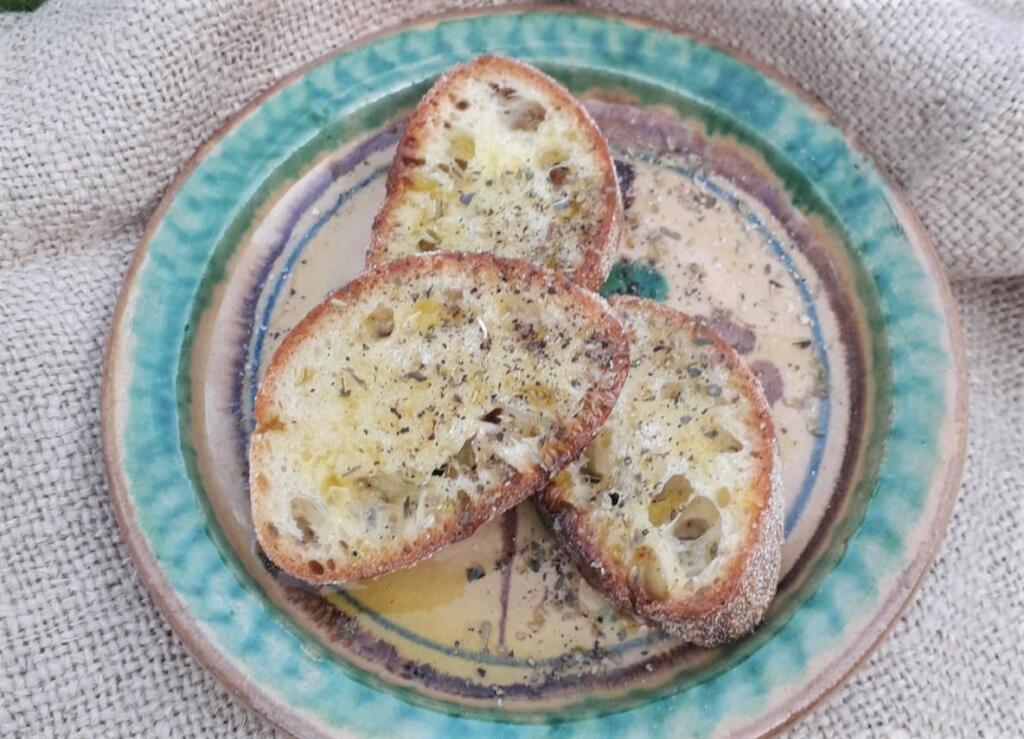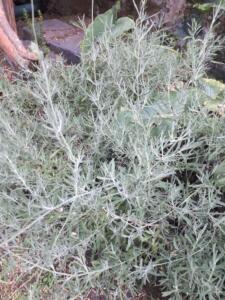The large garden was teeming with life that June morning. The sun was shining brightly and there was a screech of swallows in the sky.
We are in Sant’Agata li Battiati, in 1969.
On the wide avenue that led to the End of the world - that is, the point beyond which it was forbidden to go - the children chased each other, shouting.
They too, like swallows, moved about disorderly, sweaty and with bright eyes. The large trees rustled just a light breeze.
In the background, the huge centuries-old carob tree showed itself in all its majesty, albeit twisted and curved from old age. At its feet, the fallen fruits gave off an intense aroma, which even stunned the flies.
Large lizards hid among the stones. Two of them improvised a fight: with bites, with paws, with lightning tails, until one of the tails remained there, on the pavement, to move and vibrate as a thing still alive.
A piece of prickly pear fell from the wall and rolled to the foot of the small statue of the Madonna of the Rosary, hidden in the lava niche.
A small patch of wild strawberries peeked out, near the perfumed lavender, the ancient Sicilian one, with slender and narrow leaves. The violet spot of the first flowering agapanthus shone in a shady corner, next to the large aspidistra.
She was left behind, stopping to watch the frenzied activity of an anthill, enchanted by the coming and going of a thousand and one black soldiers, loaded with larvae and pieces of a dead bee.
Now looking up, she saw the ladder l led down there, down to the ground. The "refuge", those who remembered the war called it. While the others improvised a battle of pine cones at the end of the world, she decided that the moment had come.
Certain not to be seen, with a Garibaldian attitude she started. Placing her hand against the rusty railing, she felt a cold shiver down her shoulder. From below, from the darkness of the stone staircase came a strong smell of damp and earth. Without being discouraged, she slowly descended the uneven steps and when one trembled under the pressure of her foot, she had a moment's hesitation.
Without being discouraged, she slowly descended the uneven steps and when one trembled under the pressure of her foot, she had a moment's hesitation.
Gobbling up her fear, she kept going down, trying to adapt her sight to the shadow, to the sudden darkness, until she reached the end of the staircase.
From there, there was hardly any noise. The atmosphere was dense, muffled. A large spider web hung from the roof of the cave and a blade of light filtered through a hole up there.
Next to the stone walls there were still two broken chairs to tell that down here, during the war, women and men and lively skinny boys had sought refuge from the bombs.
Concentrating, she seemed to hear the voices, the stories and hear the lullabies of whispered prayers, like the ones her grandmother murmured every afternoon.
Entering and moving slowly (in order not to disturb the mouldy Big Monster that was surely waiting for her), she forced herself to explore that cave.
Slowly, in small steps. She saw a pile of worms (disgusting!) And a pile of rotten leaves carried by the wind and then ... nothing, there was nothing in the cave.
With a sigh of relief and a tremor, the tension eased suddenly.
There was nothing, despite what they said, but she had had the courage to go down and look with her own eyes. Satisfied, she went up the stairs and emerged again in the light of that warm and clear June morning.
On the porch, on the table, she found the hot bread topped with a good spread of oil and salt.
Next, Merlina prepared the cup of water with fragrant herbs, sage, basil and rosemary.
Left out at night, the water with those herbs would have collected the early morning frost.
It would serve to wash your face the next day on St. John's day.

Sant’Agata li Battiati and water of San Giovanni
- Consoli
- Category: Special Places
- SICILIA • CATANIA • Sant'Agata li Battiati
powered by social2s






Follow us